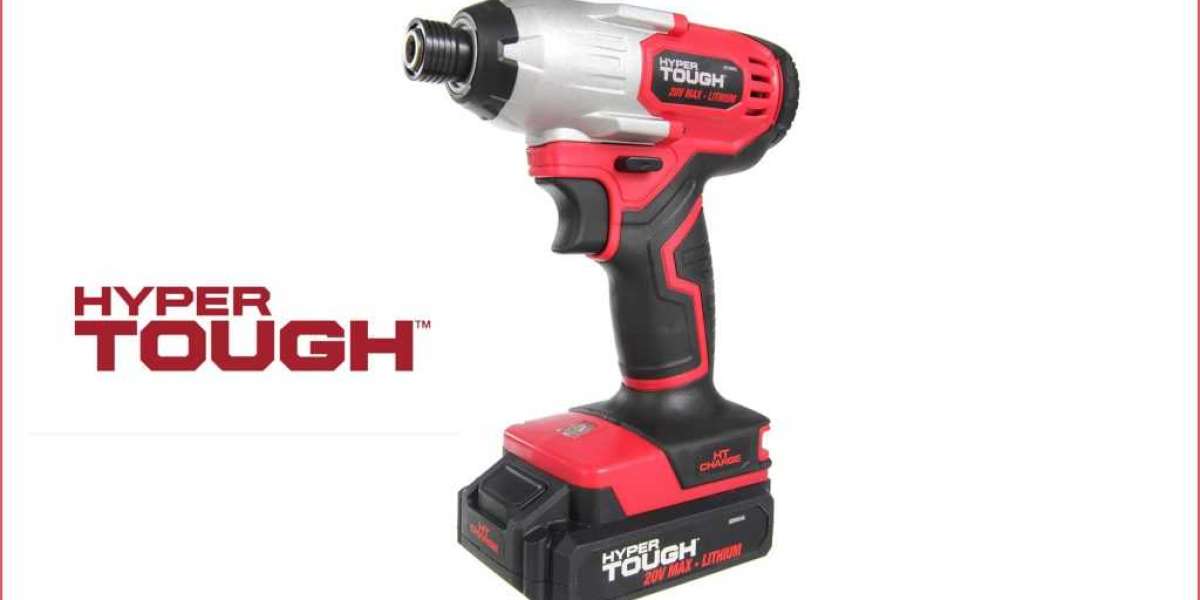Metal roofs are durable, long-lasting, and increasingly popular for residential and commercial buildings alike. Whether you're installing a new metal roof or making modifications to an existing one, knowing how to cut metal roofing sheets properly is essential for a clean, safe, and efficient job. In this guide, we’ll walk you through the tools, techniques, and safety tips needed to get the job done right. Let's explore how to cut metal roof
Why Cutting Metal Roofing Requires Care
Metal roofing sheets are made from materials like galvanized steel, aluminum, or copper. These materials are strong but can be sharp and dangerous if not handled correctly. The cutting process must balance precision and safety to avoid damaging the panels or hurting yourself. Using the right tools and methods can save time, reduce waste, and lead to a professional-looking finish.
Tools You’ll Need to Cut Metal Roofing
Before getting started, gather the right tools for the job. Depending on the thickness and type of metal, you can use various cutting tools:
Tin Snips
Ideal for short, straight cuts or small detail work. They come in three types: left-cut, right-cut, and straight-cut. Tin snips are best for thin panels and offer great control.
Electric Shears
Electric shears are excellent for long, straight cuts. They are faster than manual snips and suitable for large roofing projects.
Nibbler
This power tool punches out small bits of metal and is perfect for cutting curved or irregular shapes in metal roofing sheets without distorting the panel.
Circular Saw with a Metal Cutting Blade
For thicker panels or precise long cuts, a circular saw with a carbide-tipped blade or special metal cutting blade works efficiently. However, it can generate heat and metal shavings, so caution is needed.
Angle Grinder
Used sparingly, angle grinders are good for trimming but not recommended for entire cuts because they can overheat the metal and damage protective coatings.
Preparing to Cut: Safety First
Cutting metal roofing can produce sharp edges, flying debris, and loud noise. Protect yourself with the following safety gear:
Safety goggles or a face shield
Heavy-duty gloves
Long sleeves and pants
Hearing protection
Dust mask or respirator (especially when using power tools)
Ensure the metal sheets are securely clamped or supported on a stable work surface before cutting.
Step-by-Step: How to Cut Metal Roof Panels
Step 1: Measure and Mark
Use a measuring tape and straight edge to measure the desired cut length. Mark the line with a permanent marker or chalk for visibility.
Step 2: Choose the Right Tool
Select your tool based on the type and thickness of the metal. For example, use tin snips for thin aluminum, a nibbler for curves, or a circular saw for long straight cuts in thicker metal.
Step 3: Make the Cut
Cut slowly and steadily along the marked line. Avoid forcing the blade or tool to reduce jagged edges. If using power tools, let the tool do the work with minimal pressure.
Step 4: Smooth the Edges
After the cut, the edges may be sharp or uneven. Use a metal file or sandpaper to smooth them out and avoid injuries.
Step 5: Protect the Cut Edge
Metal roofing often has a protective coating that prevents rust. Cutting can expose bare metal. Use a touch-up paint or sealant to cover the raw edges, especially if the roofing will be exposed to rain and weather.
Tips for a Cleaner Cut
Use masking tape along the cut line to reduce metal burrs.
Cut from the backside of the panel to prevent scratching the finish.
Replace dull blades or bits frequently to maintain smooth cuts.
Common Mistakes to Avoid
Using the wrong blade or tool – this can warp the metal or damage the finish.
Forcing the tool – always let the cutting tool glide naturally.
Skipping safety precautions – never cut metal roofing without proper protective gear.
Cutting panels in poor lighting or unstable surfaces – always work in a clear, well-lit area with a firm grip on your material.
Conclusion: A Clean Cut Makes All the Difference
Cutting a metal roof might seem challenging, but with the right tools, safety measures, and technique, it becomes a manageable DIY task or professional skill. Whether you're trimming for fit or crafting openings for chimneys or vents, precision and care go a long way. Always prioritize safety, choose your tools wisely, and remember: clean cuts lead to clean installations. Happy roofing! Visit the official website of rooffixernearme.com



